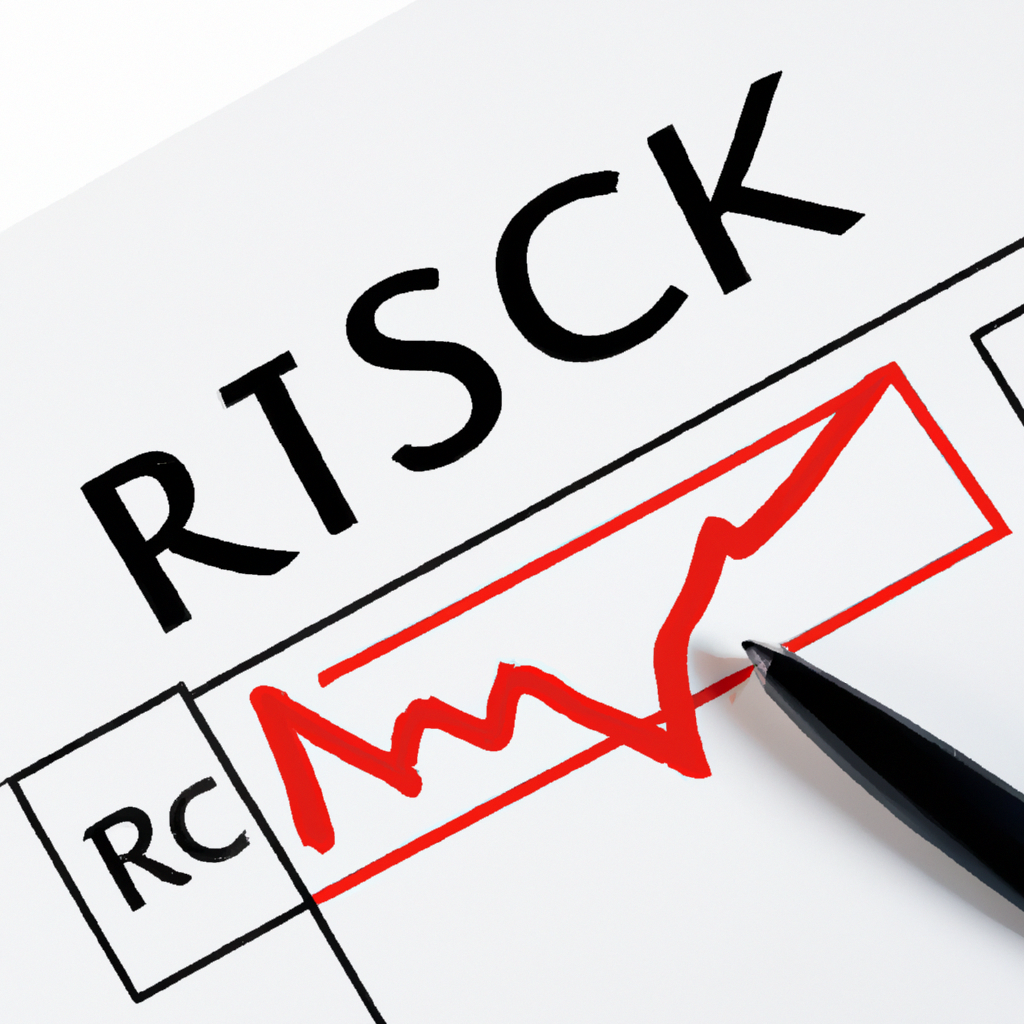
Risk Management with Technical Indicators
When it comes to trading in the financial markets, risk management is crucial for protecting your capital and ensuring long-term success. One way to manage risk effectively is by using technical indicators to help guide your trading decisions. Technical indicators are mathematical calculations based on historical price and volume data that can help traders identify potential trends and reversals in the market. By incorporating these indicators into your trading strategy, you can better assess and manage the risks associated with your trades.
Identifying Market Trends
One of the key benefits of using technical indicators for risk management is their ability to help you identify market trends. By analyzing the direction and strength of price movements, indicators such as moving averages, MACD, and RSI can give you valuable insights into whether a market is trending up, down, or sideways. This information can help you make more informed decisions about when to enter or exit a trade, reducing the risk of losses due to trading against the prevailing trend.
Setting Stop Losses
Another important aspect of risk management is setting stop losses to limit potential losses on a trade. Technical indicators can help you determine where to place your stop loss by providing key levels of support and resistance. For example, you may choose to set your stop loss just below a moving average or at a recent swing low identified by an indicator like the Fibonacci retracement tool. By using technical indicators to identify these levels, you can protect your capital and minimize the impact of adverse market movements.
Monitoring Market Volatility
Market volatility can significantly impact the risk profile of a trade, making it essential to monitor and adjust your risk management strategy accordingly. Technical indicators such as Bollinger Bands and Average True Range (ATR) can help you assess market volatility and adjust your position sizes and stop losses accordingly. By incorporating these indicators into your risk management plan, you can adapt to changing market conditions and minimize the impact of sudden price fluctuations on your trades.
Diversifying Your Portfolio
In addition to using technical indicators for individual trades, you can also apply them to your overall portfolio to manage risk more effectively. By diversifying your investments across different asset classes and markets, you can reduce the impact of any single trade or market event on your overall portfolio. Technical indicators can help you identify correlations between different assets and markets, allowing you to build a more resilient portfolio that is less susceptible to systemic risks.
Conclusion
Risk management is a critical aspect of successful trading, and technical indicators can be valuable tools for assessing and managing risk in the financial markets. By incorporating indicators into your trading strategy, you can better identify market trends, set stop losses, monitor volatility, and diversify your portfolio to protect your capital and achieve long-term profitability. Remember to always conduct thorough research and analysis before making any trading decisions, and never risk more capital than you can afford to lose.





